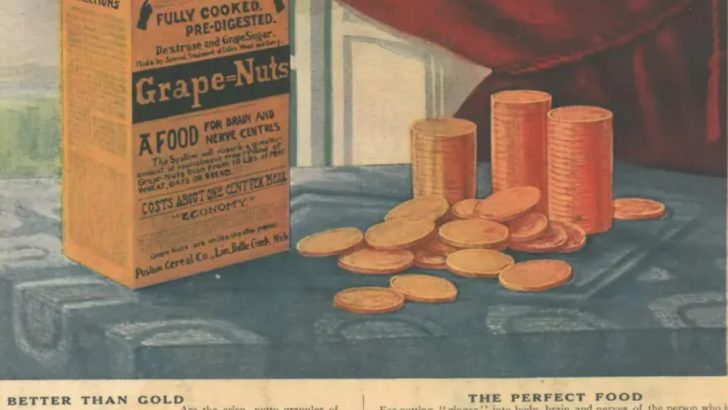Long before cereal mascots and cartoon prizes, breakfast was a serious business. These early cereals were crunchy, plain, sometimes jaw-breaking—and they completely changed how people started their mornings.
Born in health spas and back kitchens, many of these grains-in-a-bowl were first served with warnings, not sugar.
Still, they sparked a revolution, turning breakfast into something fast, familiar, and for better or worse, forever shelf-stable.
1. Granula (1863)
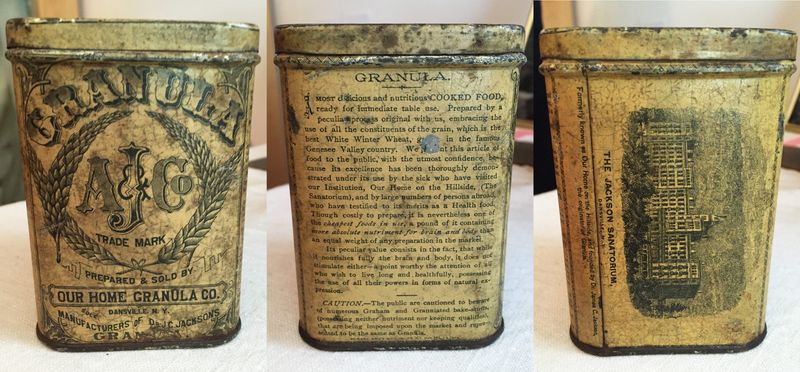
Created at a New York health spa, Granula was the first breakfast cereal ever sold—and nearly broke teeth in the process. Made from twice-baked graham flour nuggets, it had to be soaked overnight just to chew.
Though it vanished long ago, Granula laid the groundwork for the entire cereal industry. It wasn’t delicious, but it was first.
2. Grape-Nuts (1897)
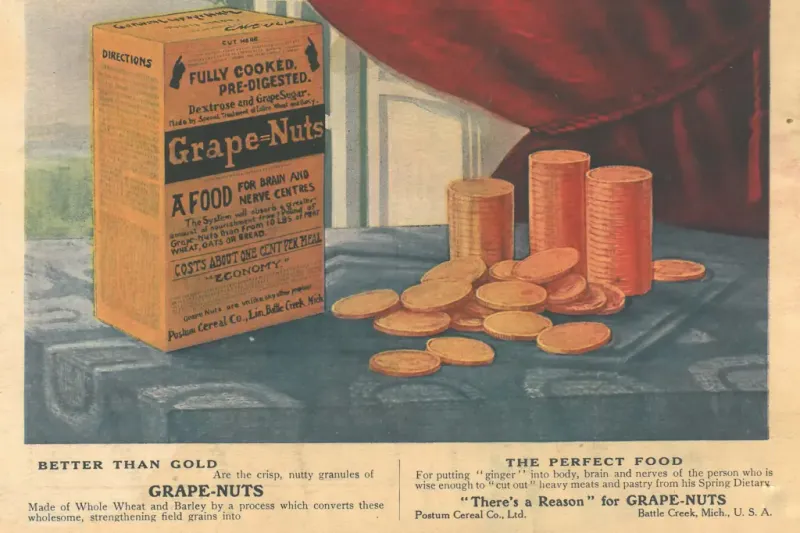
Despite the name, it contains neither grapes nor nuts. This famously crunchy cereal, invented by C.W. Post, is made from wheat and barley, baked into hard nuggets that snap under pressure.
Touted as a health food and even taken on polar expeditions, Grape-Nuts still lines grocery shelves today. It’s old-school fuel for serious eaters.
3. Force (1901)
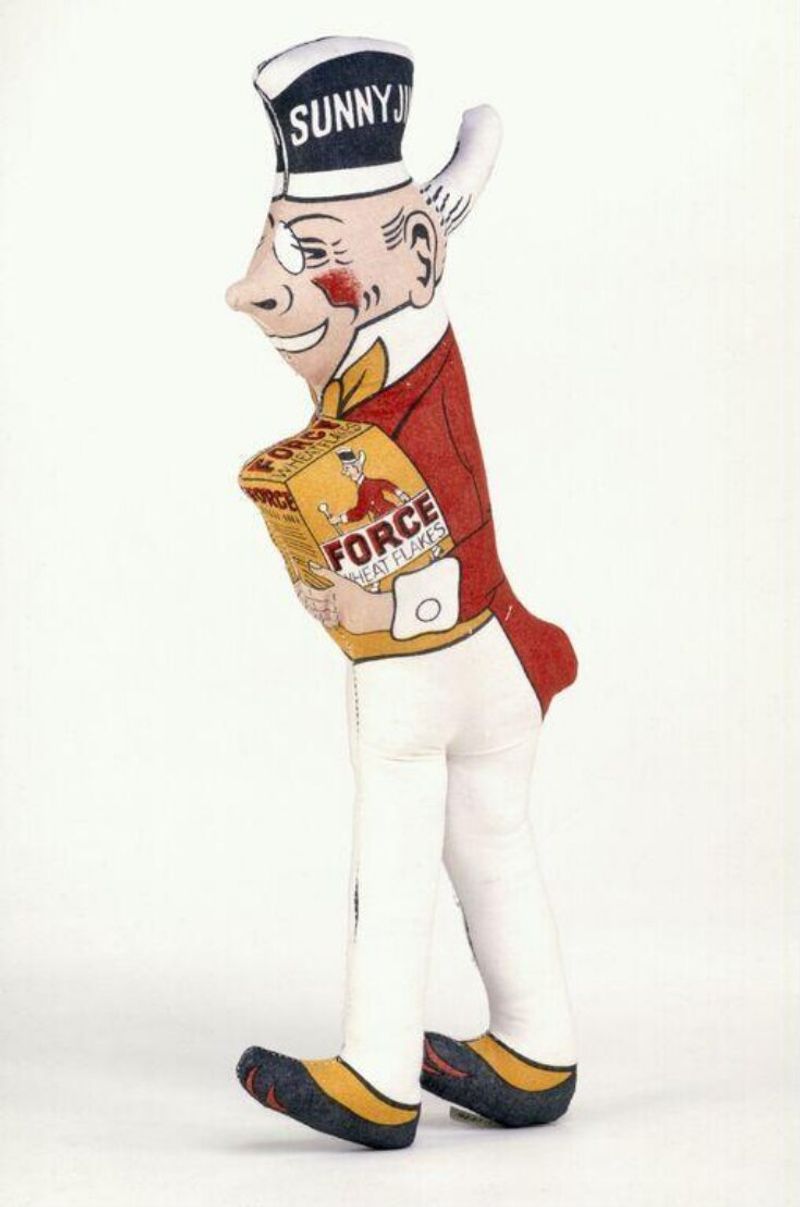
With its sunny mascot Sunny Jim, Force became the first cereal brand to use a comic character in national ads. It was made of wheat flakes and sold as a digestive aid for “nervous people.”
Force was beloved in Britain for decades and is often credited with launching cereal as a marketing powerhouse. It’s now a relic of cereal’s golden dawn.
4. Corn Flakes (1906)
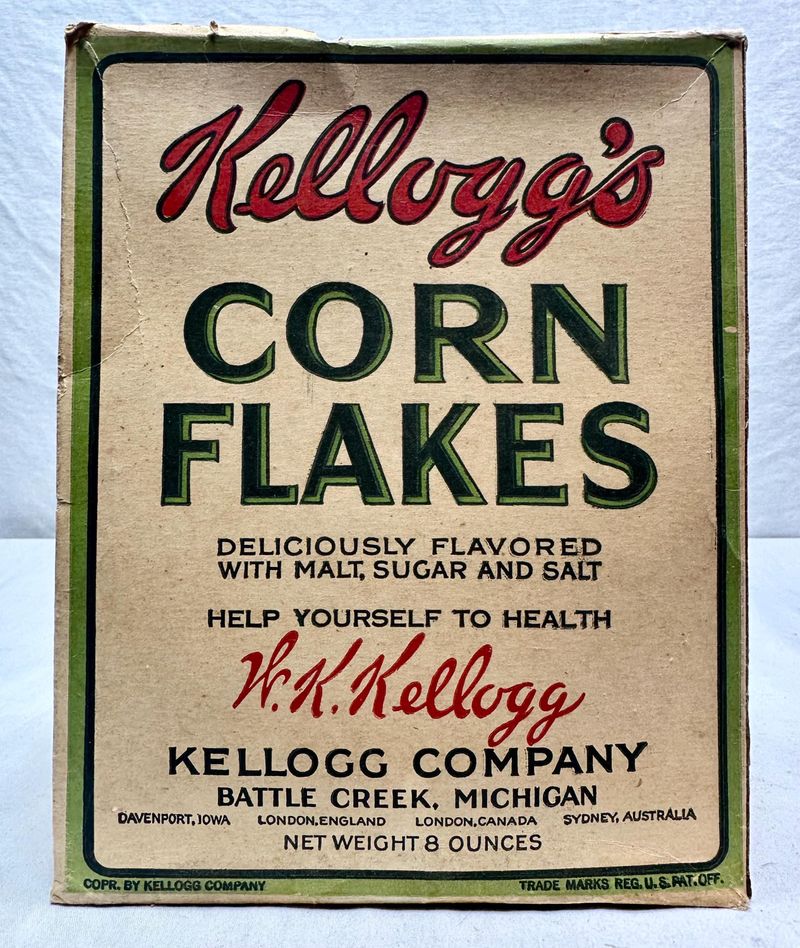
Invented by the Kellogg brothers in a sanitarium, Corn Flakes were originally designed to curb unhealthy urges through bland food. The flakes were an accidental discovery from stale wheat dough.
Sugar-free at first, Corn Flakes later embraced sweetness and mass production. They’re still around today—simpler than most, but proudly classic.
5. Shredded Wheat (1908)
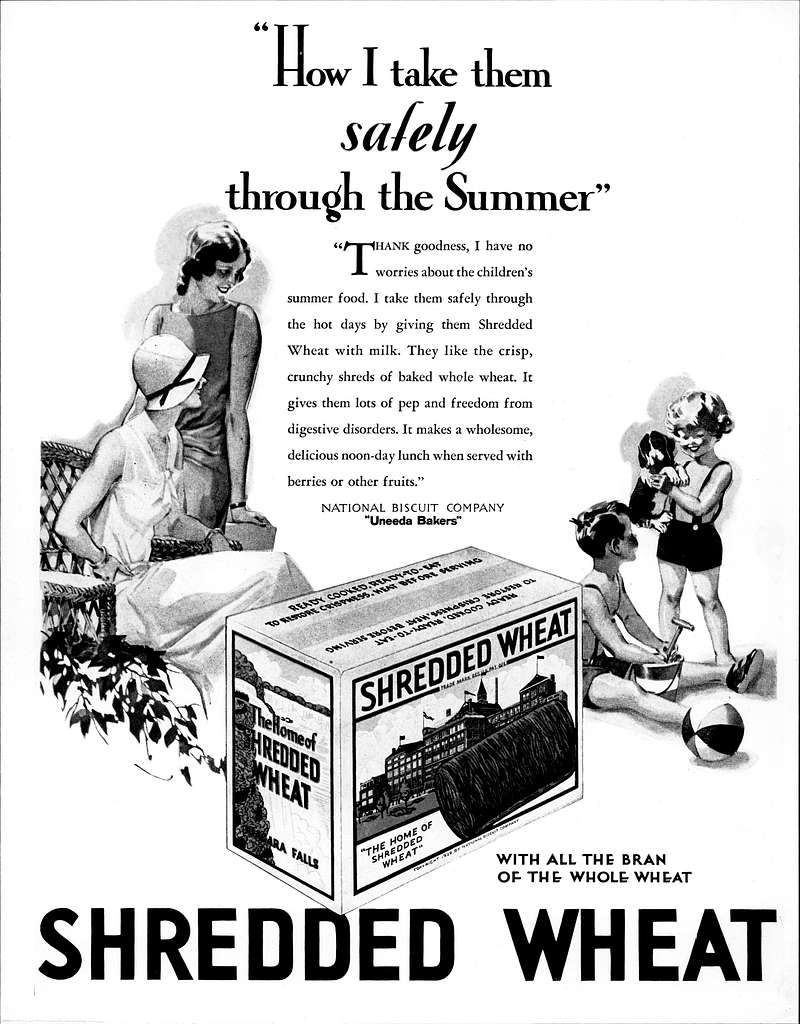
These giant wheat pillows were introduced as a “natural” food and came without sugar, salt, or flavoring. Their texture was famously dry, but many families warmed them with milk or added fruit.
They caught on fast in early 20th-century kitchens and are still sold, though usually in smaller, frosted versions. Back then, they were the original “clean eating.”
6. Puffed Rice (1909)
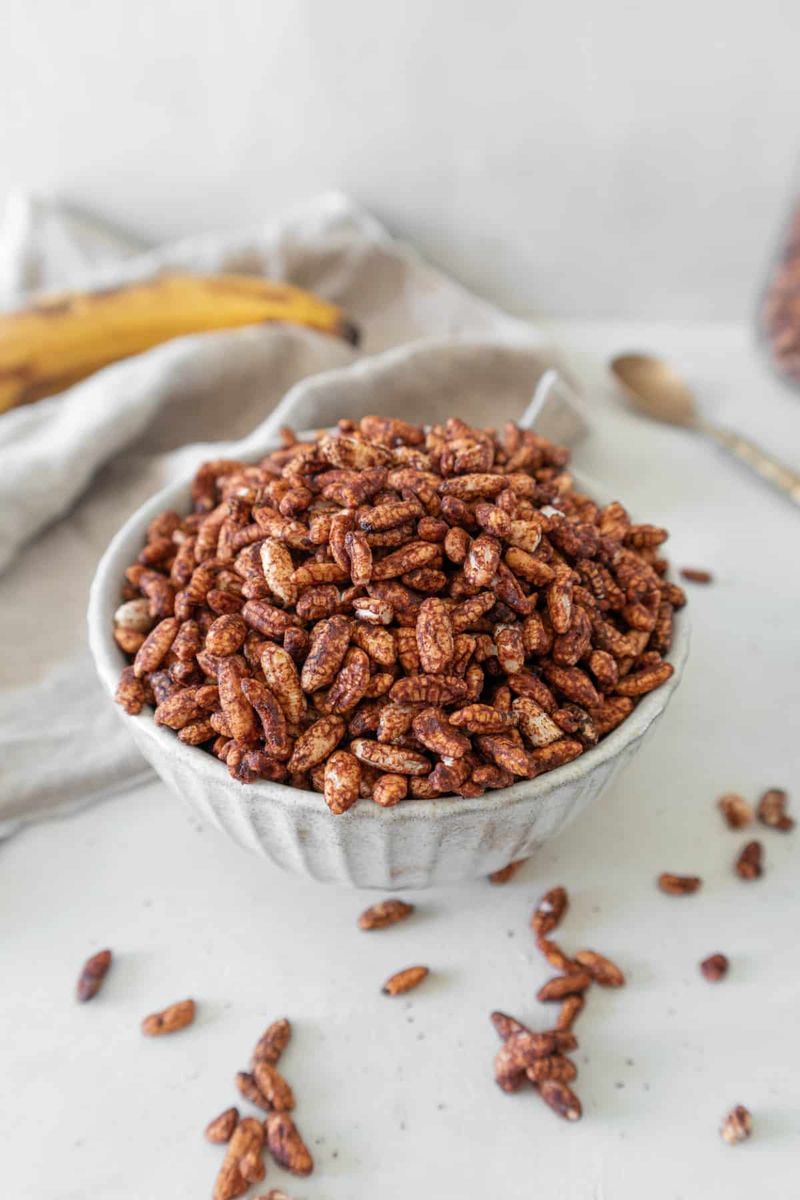
Billed as “food shot from guns,” puffed rice was made by literally exploding grains under pressure. It wowed crowds at the 1904 World’s Fair before hitting shelves.
Light, airy, and a little bland, puffed rice felt futuristic at the time. It paved the way for sweeter puffed cereals later on.
7. Puffed Wheat (1910)
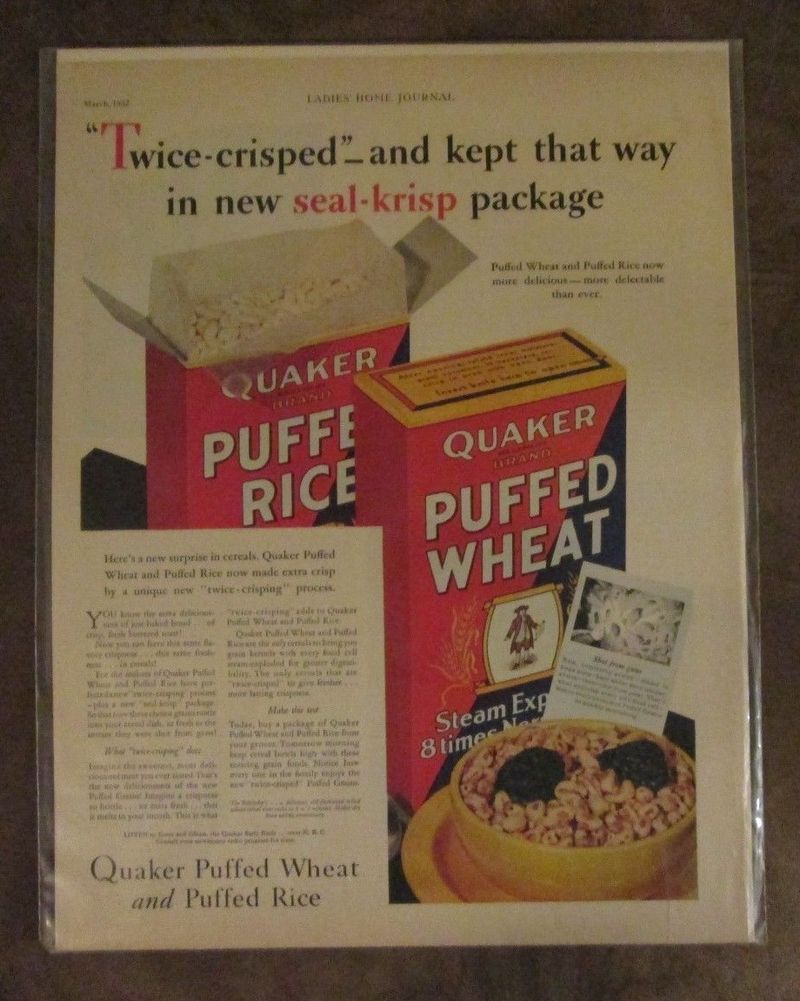
Similar to puffed rice but heartier, puffed wheat had a more toasty, nutty flavor. It was marketed as a wholesome option for growing kids and frugal families.
Later versions added sugar and honey to make it more exciting. It walked so Honey Smacks could run.
8. All-Bran (1916)
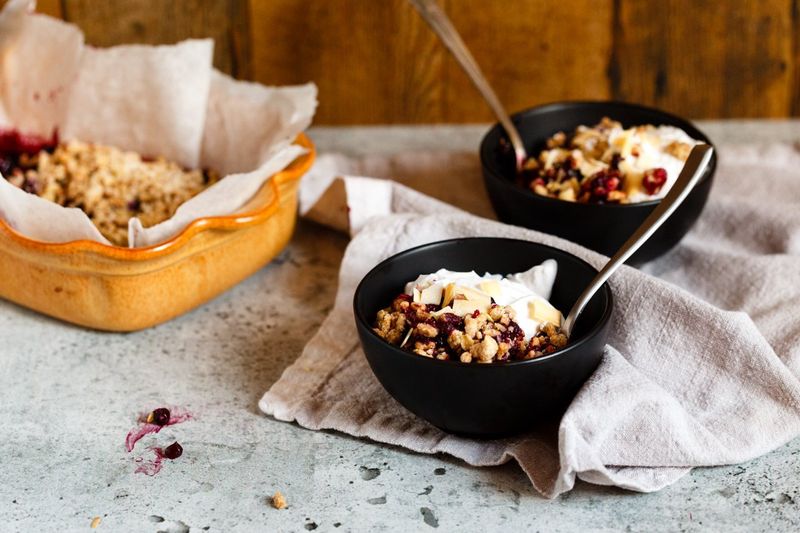
High-fiber and no-nonsense, All-Bran was introduced to help with “regularity”—and they weren’t shy about saying so. The flavor was earthy, the texture crumbly, and the appeal mostly adult.
Despite its medicinal reputation, it stuck around thanks to health-conscious buyers. It’s still in stores and still proudly rough around the edges.
9. Raisin Bran (1944)
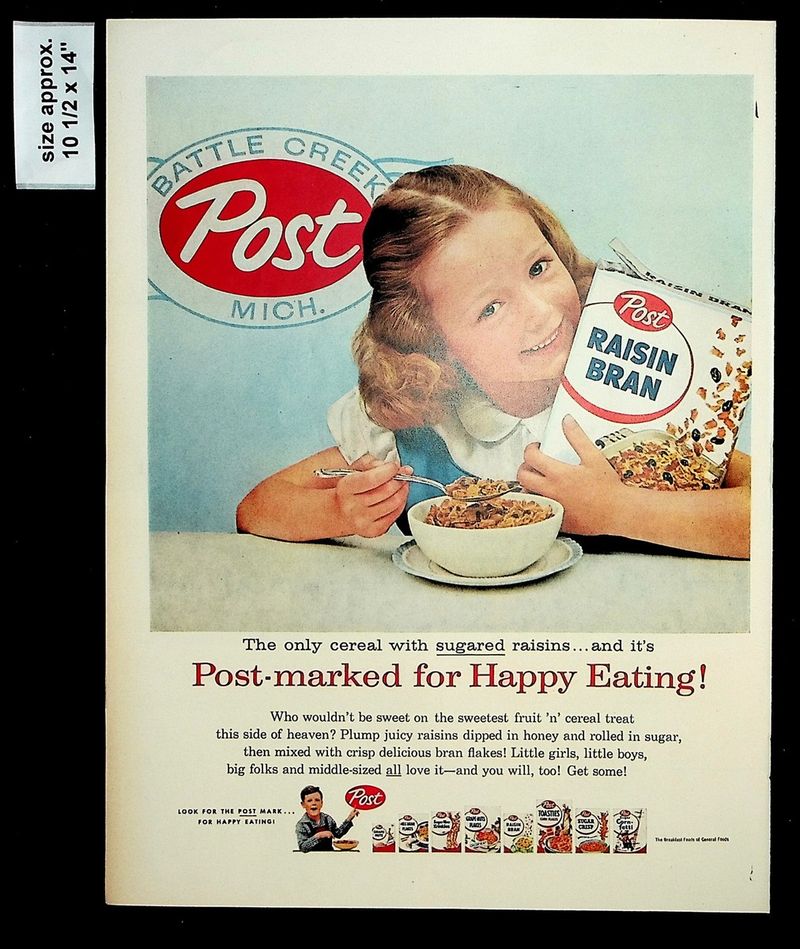
Two scoops of raisins and toasted wheat flakes made this one of the first cereals to blend sweetness with whole grains. It felt like a treat, but with a wholesome label.
Post and Kellogg’s both produced their own versions, sparking the famous “raisin wars.” A mainstay ever since, it remains a beloved pantry regular.
10. Chex (1950)
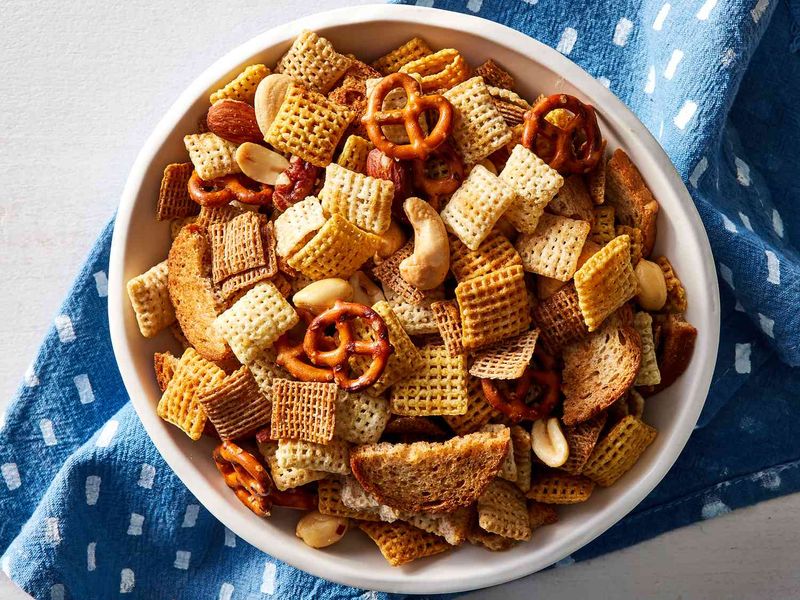
With its crisscrossed shape and sturdy crunch, Chex was built for more than just breakfast. Rice Chex came first, followed by corn and wheat versions.
Though best known today for party mix, it started as a simple cereal that could stand up to milk. Versatile and still going strong.
11. Frosted Flakes (1952)
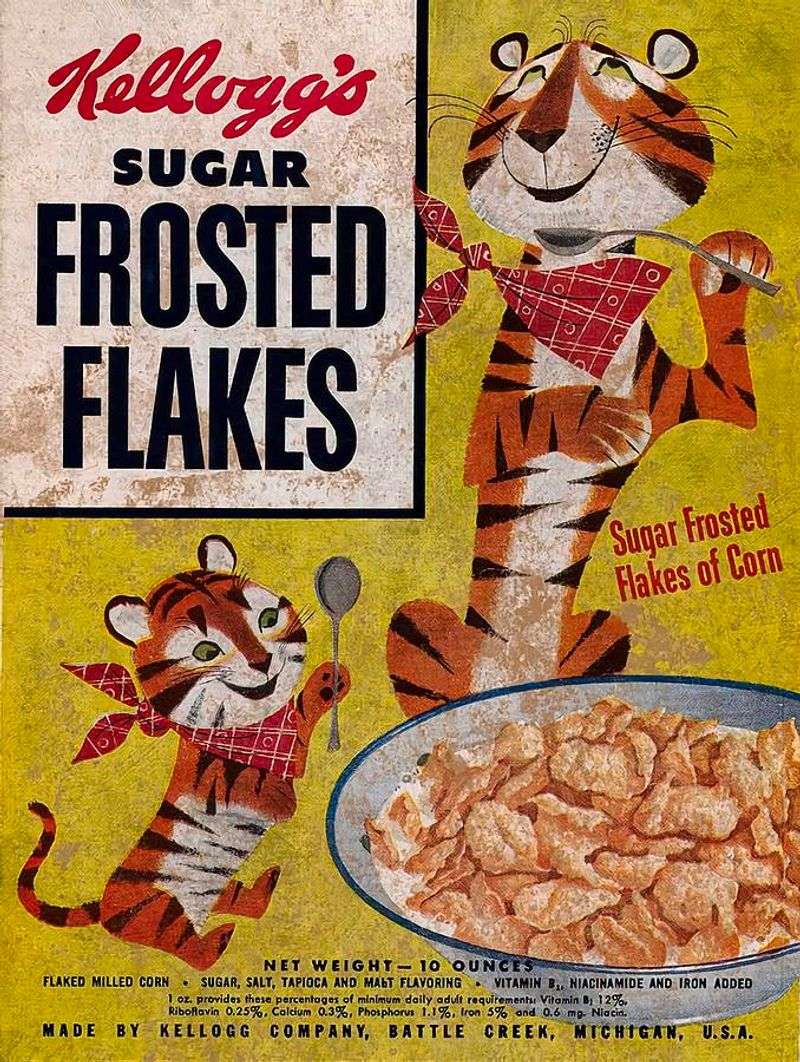
What started as sugar-coated Corn Flakes quickly became a cultural icon, thanks to Tony the Tiger’s booming “They’re Grrreat!” They hit the perfect balance of sweet and simple.
Kids loved the flavor. Parents loved that it started with a “real” cereal. It’s still one of the top sellers today.
12. Sugar Smacks (1953)
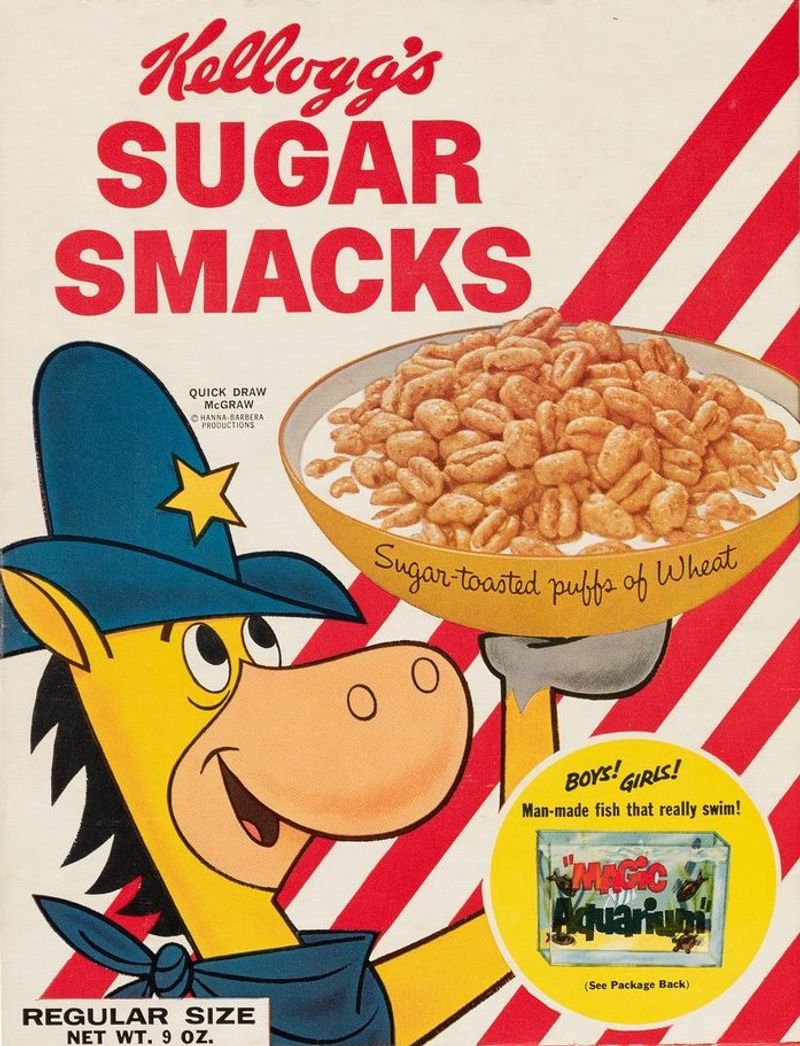
Originally loaded with more sugar than a doughnut, Sugar Smacks were loud, sweet, and unapologetic. Dig’em the Frog came later, but the sugary puffs were always the star.
The name changed to Honey Smacks, but the formula stayed sticky-sweet. A true sugar bomb of postwar cereal culture.
13. Trix (1954)
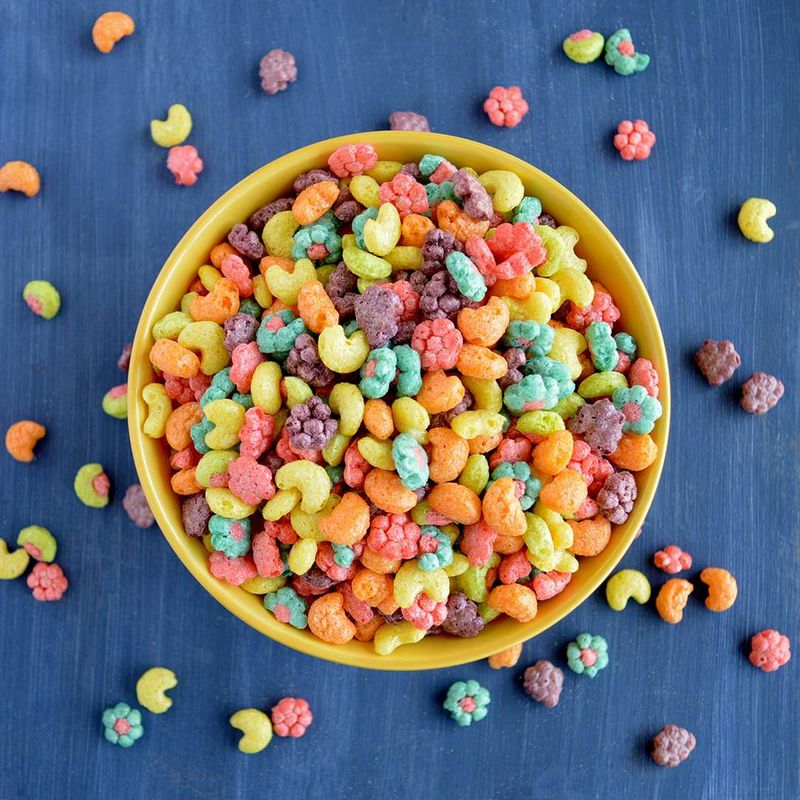
One of the first cereals made just for kids, Trix introduced bright colors, fruity flavors, and the famously unlucky rabbit. The original shapes were simple balls, not the fruit-shaped ones we know today.
Playful, loud, and undeniably fun, it brought cartoons and color into the cereal aisle like never before. Still a Saturday morning favorite.
14. Wheaties (1924)
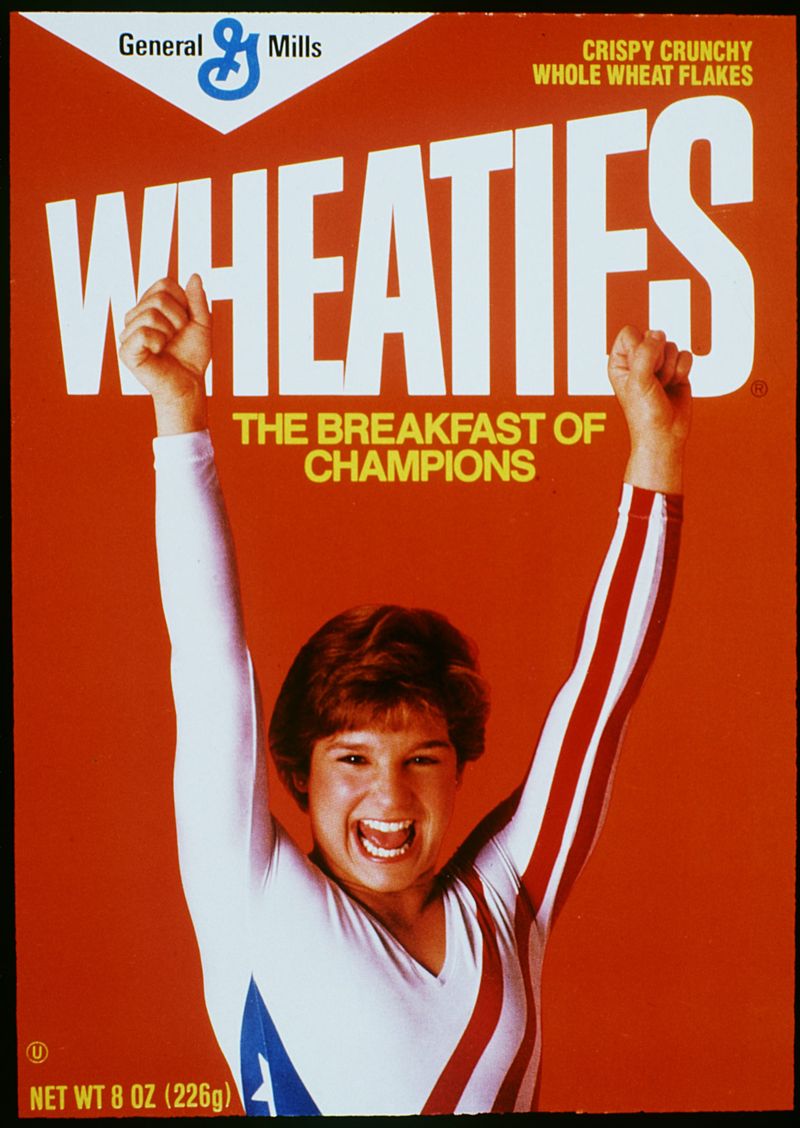
Known as the “Breakfast of Champions,” Wheaties pioneered sports marketing, putting athletes on boxes long before anyone else. The toasted whole wheat flakes had a hearty crunch and a no-frills attitude.
It was marketed to kids but powered by grown-up grit. Still around, still orange-boxed, still cheering on sports legends.
15. Rice Krispies (1928)
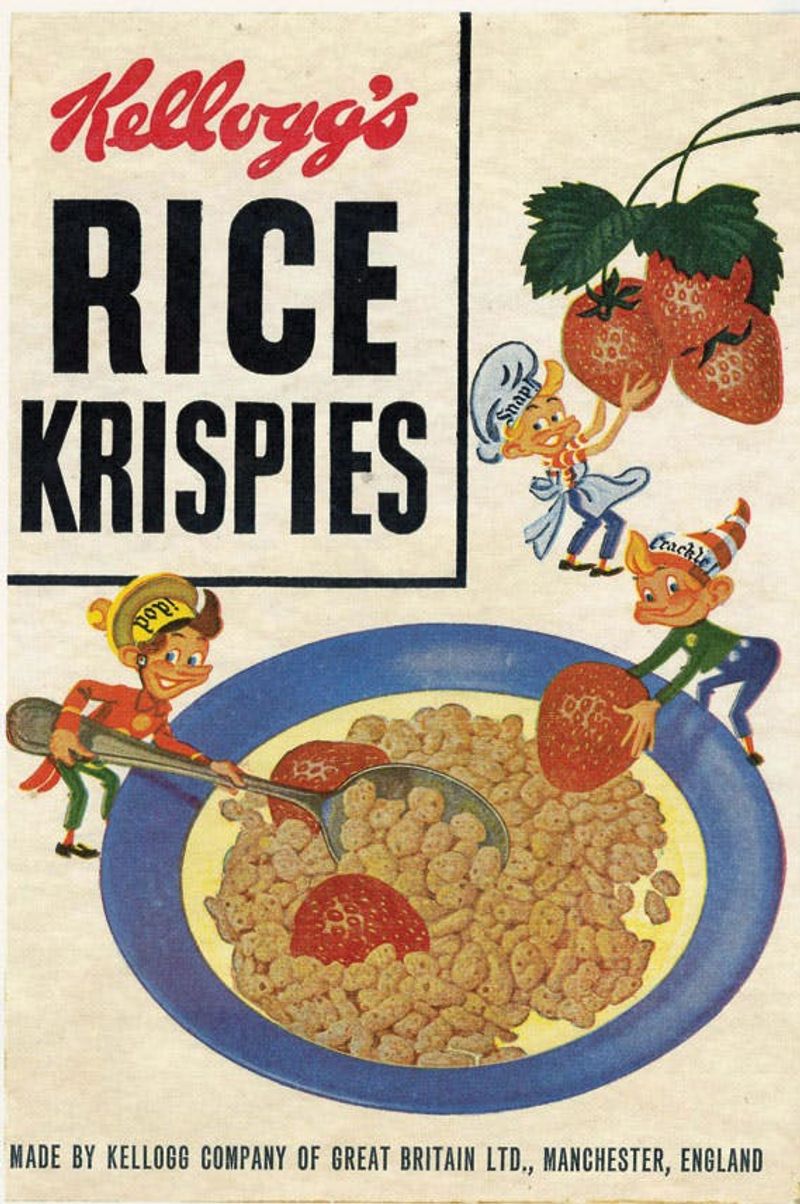
Snap, Crackle, and Pop made their debut with a cereal that talked back. The crisped rice grains crackled in milk and offered a light, crisp bite unlike anything else at the time.
Their simple charm stuck, and their names became household words. Bonus: they sparked one of the best cereal-based desserts of all time.

